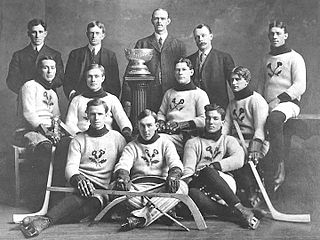
The Kenora Thistles, officially the Thistles Hockey Club, were a Canadian ice hockey team based in Kenora, Ontario. Founded in 1894, they were originally known as the Rat Portage Thistles. The team competed for the Stanley Cup, the ice hockey championship of Canada, five times between 1903 and 1907. The Thistles won the Cup in January 1907 and defended it once before losing it that March in a challenge series. Composed almost entirely of local players, the team comes from the least populated city to have won the Stanley Cup. Nine players—four of them homegrown—have been inducted into the Hockey Hall of Fame, and the Stanley Cup champion team was inducted into the Northwestern Ontario Sports Hall of Fame.

The Winnipeg Victorias were a former amateur senior-level men's amateur ice hockey team in Winnipeg, Manitoba, organized in 1889. They played in the Manitoba Hockey Association (MHA) in the late 19th and early 20th centuries. The Victorias won the Stanley Cup in February 1896, 1901 and January 1902 while losing the Cup in December 1896, February 1899, February 1900, March 1902, and February 1903. After the Stanley Cup became the professional championship, the Victorias continued in senior-level amateur play, winning the Allan Cup in 1911 and 1912.

The Oshawa Civic Auditorium was an indoor arena in Oshawa, Ontario, Canada. It operated from 1964 to 2006, and was primarily used as an ice hockey venue for the Oshawa Generals. The auditorium was built as a replacement to the Hambly Arena, which burned down in 1953. The auditorium was part of a larger multi-purpose recreational complex.
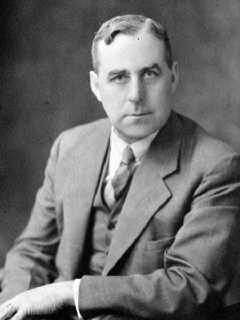
William Raymond "Toby" Sexsmith was a Canadian politician and ice hockey administrator. He was elected three times as a Progressive Conservative Party member of the Legislative Assembly of Manitoba representing the Portage la Prairie riding from 1933 to 1943. He served as president of the Manitoba Amateur Hockey Association from 1921 to 1923, and sat on the association's executive committee for 25 years. He served as president of the Canadian Amateur Hockey Association (CAHA) from 1922 to 1924, and set a precedent that future CAHA presidents would also be given two-year terms.
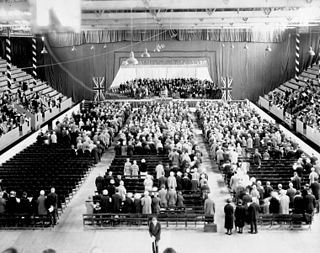
The Ottawa Auditorium was a 7,500-seat arena located in Ottawa, Ontario. It was located in Downtown Ottawa at the corner of O'Connor and Argyle Streets, today the site of the Taggart Family YMCA. Built primarily for ice hockey, the arena was also used for sports events, assemblies and musical concerts.

Denman Arena was an indoor arena located in the West End neighbourhood of Vancouver, British Columbia. The arena was located at 1805 West Georgia Street at the northwest corner with Denman Street. It opened in December 1911 and was destroyed by fire in 1936. Its primary use was for ice sports such as ice hockey. It was the home ice rink of the Vancouver Millionaires professional ice hockey team, and was the location of the 1915 Stanley Cup championships. The arena was also used for other sports, musical performances, and public assemblies. It was an assembly point for Canadian servicemen during World War I. The 10,500-seat arena was the largest in Canada at the time, and introduced mechanically frozen or "artificial" ice to Canada.

Shea's Amphitheatre, also known as the Winnipeg Amphitheatre, was an indoor arena located in Winnipeg, Manitoba, Canada. It seated 6,000 spectators.

Claude Copeland Robinson was a Canadian ice hockey and sports executive. After winning an intermediate-level championship as captain of the Winnipeg Victorias in 1905, he served as secretary-treasurer and as vice-president of the Victorias. He coached the Victorias to a Manitoba Hockey League championship in 1909, and felt that his team could have competed for the newly established Allan Cup, despite that challenges from senior ice hockey teams were accepted only from Eastern Canada at the time. The Victorias won the Allan Cup by default in 1911, when the Toronto St. Michael's Majors refused to play, then successfully defended four challenges for the trophy.

The Victoria Skating Rink was an indoor ice skating rink located in Montreal, Quebec, Canada. Opened in 1862, it was described at the start of the twentieth century to be "one of the finest covered rinks in the world". The building was used during winter seasons for pleasure skating, ice hockey and skating sports on a natural ice rink. In summer months, the building was used for various events, including musical performances and horticultural shows. It was the first building in Canada to be electrified.

The Olympic Rink was an indoor ice hockey arena in Winnipeg, Manitoba, Canada. It was located at the corner of Church Avenue and Charles Street in the North End neighbourhood. The site of the former rink was later occupied by the Olympic Towers apartments.
The Manitoba Hockey Association (MHA) was an early men's senior ice hockey league playing around 1900 in Manitoba, Canada. The league started as an elite amateur league in 1892, became professional in 1905, had a professional and an amateur league in 1908–09 and only an amateur league from 1909 until 1923. Two teams from the league won the Stanley Cup, the Winnipeg Victorias and the Kenora Thistles. Three other teams from the league challenged for the Stanley Cup: Brandon Wheat City, Winnipeg Maple Leafs, and the Winnipeg Rowing Club. Other teams in the league won the Allan Cup: Winnipeg Hockey Club, Winnipeg Falcons, Winnipeg Monarchs and Winnipeg Victorias.
In Ottawa, Canada, ice hockey clubs date back to the first decade of recorded organized ice hockey play. The men's senior-level Ottawa Hockey Club is known to have played in a Canadian championship in 1884. Today, Ottawa hockey clubs are represented in all age brackets, in both men's and women's, in amateur and professional.
The Winnipeg Hockey Club were a former amateur senior-level men's amateur ice hockey team in Winnipeg, Manitoba founded in 1890. After the Winnipegs won the 1931 Allan Cup, they represented the Canada men's national ice hockey team at the 1932 Winter Olympics held at Lake Placid, New York. The team was undefeated throughout the Olympic tournament and were named the 1932 Olympic and world champions.
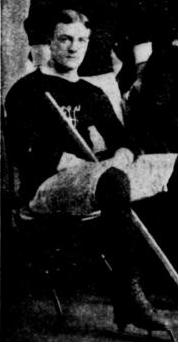
Robert Ernest MacDougall was a notable Canadian ice hockey player and businessman. He played in the early days of organized ice hockey, before professionalism. He played the position of forward for the Montreal Victorias and was a member of five Stanley Cup-winning teams.

The St. James Civic Centre is a multipurpose recreation complex located in the St. James district of Winnipeg, Manitoba, Canada. The complex features an indoor ice hockey arena, swimming pool, and auditorium. Built in 1967, the St. James Civic Centre is owned and operated by the City of Winnipeg.
The BDO Centre for the Community, more commonly known as the Portage Centennial Arena, is an indoor recreational facility and community centre in the city of Portage la Prairie, Manitoba, Canada.
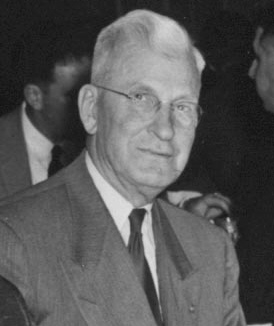
John Welch Hamilton was a Canadian sports executive. He served as president of the Canadian Amateur Hockey Association (CAHA) from 1930 to 1932, and as president of the Amateur Athletic Union of Canada from 1936 to 1938. He was also a member of the Canadian Olympic Committee for 17 years. His leadership of the CAHA and the AAU of C coincided with efforts to maintain amateurism and combat growing professionalism in sport. He appointed a committee to establish better relations between the CAHA and professional leagues, and praised the players and teams for quality hockey and growth of the amateur game in Canada despite the competition. He favoured professionals in one sport playing as amateurs in another, and took charge of the AAU of C at a time when the CAHA, the Canadian Amateur Basketball Association, and the Canadian Amateur Lacrosse Association challenged the definition of amateur, and later broke away from the AAU of C which wanted to hold onto purist ideals of amateurism.
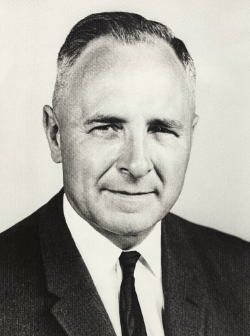
Arthur Thomas Potter was a Canadian ice hockey administrator. He was president of the Canadian Amateur Hockey Association (CAHA) from 1962 to 1964, and oversaw the establishment of a permanent Canada men's national ice hockey team after he decided that sending the reigning Allan Cup champion to international competitions was no longer the answer. He felt that Canada needed discipline to handle Cold War tactics and propaganda at the Ice Hockey World Championships, sought to give its best players to develop as a team, and supported a plan by Father David Bauer to assemble a team of amateur student athletes to complete at the 1964 Winter Olympics.
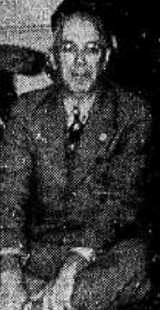
Harry John Sterling was a Canadian ice hockey administrator. He was elected president of the Canadian Amateur Hockey Association (CAHA) in 1920, after serving as an Ontario Hockey Association executive and as president of the Thunder Bay Amateur Hockey Association. He declared that the CAHA would not tolerate the hockey "tourist" after becoming suspicious of players who changed their addresses to be on a new team. His investigation into registrations led to the suspension of a team from Saskatoon when it was discovered that players who won the gold medal representing Canada in ice hockey at the 1920 Summer Olympics were being paid for amateur hockey. His term as president resulted in the CAHA enacting stricter rules for registration and co-operation with the Amateur Athletic Union of Canada to investigate into all Canadian hockey players to maintain amateurism.
















